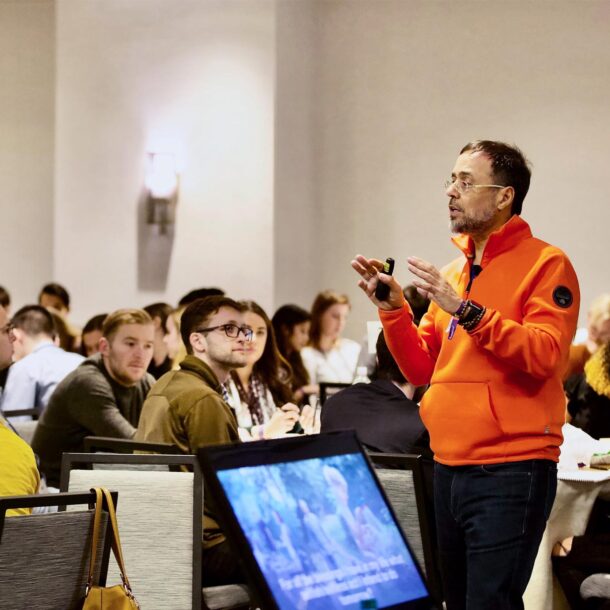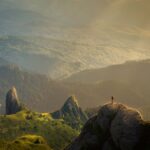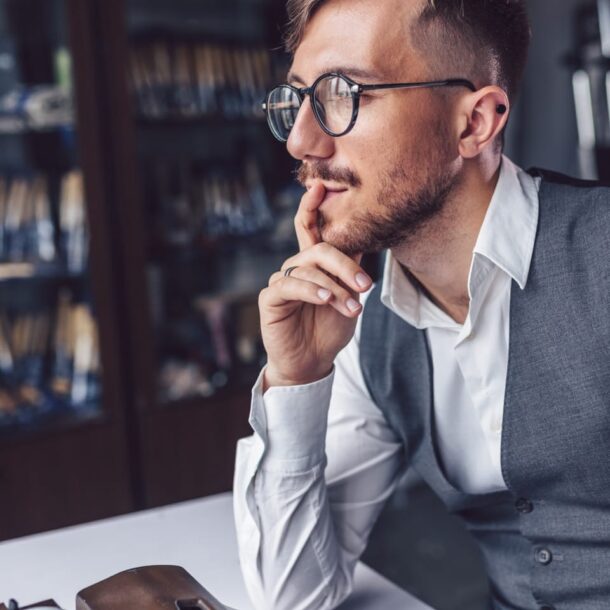
My friend, the easiest way is to be a kid again. Believe that nothing is impossible, have fun exploring, and play with others. Remember that while creativity is natural, non-creative behaviors are learned. All you need to do is unlearn your limitations and revive your creative behaviors. It all starts with understanding creativity and its sparks, and choosing to unleash it through curiosity, awareness, and practices.
WE CAN EASILY CHOOSE TO UNLEASH CREATIVITY IN OUR FIVE EXTENSIONS OF BEING
When researchers started studying creativity, they focused on how it generates many unique and useful ideas. This type of creativity is called divergent thinking. Soon, they discovered another side that follows logical steps to reach a conclusion. That is called convergent thinking. I like to think about creativity as having three types, formless creativity, practical creativity, and collaborative creativity.

With formless creativity, you dream the impossible and the unimaginable regardless of practical limitations. It’s a conscious dream state not unlike the dreams in your sleep, where there is no obvious purpose to your creation nor an expectation of an outcome. One of the best practices for formless creativity is simply to allow yourself to be bored. Boredom is a great tool if you allow it to push your brain into formless creativity instead of choosing pain over boredom—like half of the participants in a study who couldn’t sit quietly for 15 minutes, opting for an electric shock instead. You need the quiet time away from distractions or the limiting belief that being busy is what successful people do and being bored sometimes is laziness.
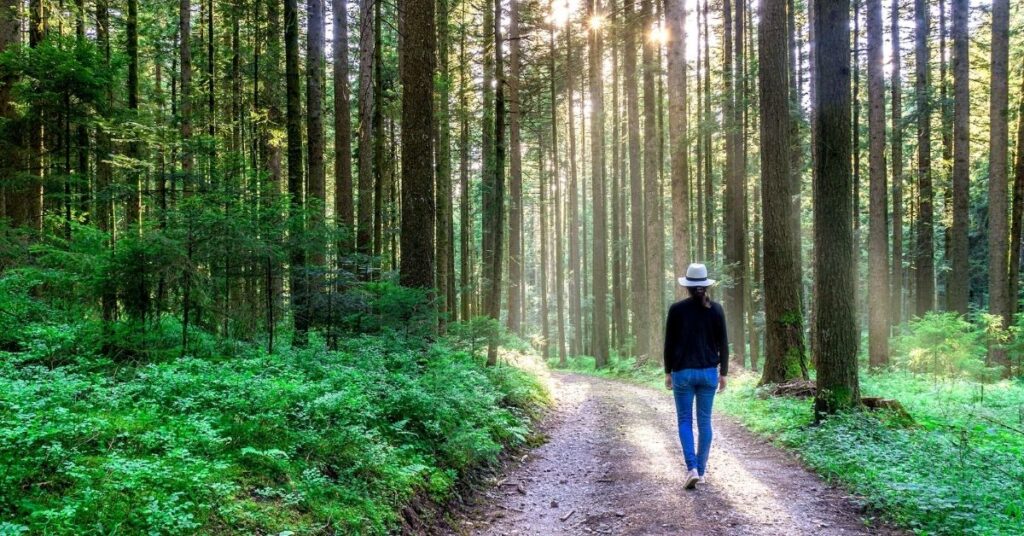
Practical creativity is what we need to solve the challenges we are facing today. In our mechanical view of life, we encounter challenges that need immediate or short-term solutions, and we draw on what is possible to come up with workable fixes. It’s the creativity most used by engineers, teachers, politicians, entrepreneurs, and anyone else who needs to solve a challenge toward a desired outcome. Many models have been created for developing this form of creativity, such as the IDEO process, which starts with formless creativity in a rapid brainstorming session among a diverse group of people and ends with prototypes, which are narrowed down to a final choice based on three criteria of human desirability, business viability, and technological feasibility.
One of the best practices for practical creativity I found is walking in nature. Nature is on a continuous journey of practical innovation as it experiments with a wide variety of solutions until it finds optimal ones.
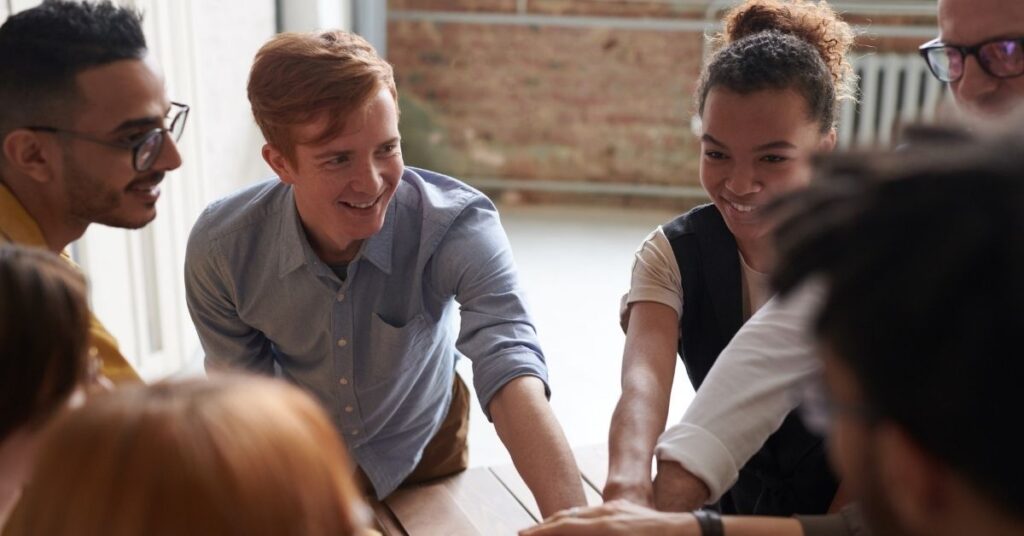
Collaborative creativity is built on the countless contributions of humanity before us and continues by interactions with other creators. This creativity progresses constantly to create a better state of being in the universal view of life, regardless of the current state. This form of creativity has fueled our exponentiality, as we have access more than ever to new ideas and research from diversified groups of people who weren’t easily accessible to us just a few decades ago. Most importantly, we can directly collaborate to solve what seems to be an impossible challenge, like taking a picture of a black hole 55 million light years away from us! This was possible through the collaboration of 200 researchers from Africa, Asia, Europe, and North and South America. Imagine what impossible challenges we can solve and impossible realities we can create when every human is a genius and we are collaborating together as equal creators.
One of the best practices of collaborative creativity is to surround yourself with widely diverse people who share your mission but not your background.
Excerpt from the book “Purposehood: Transform Your Life, Transform the World” page 97
Sign up for our newsletter

